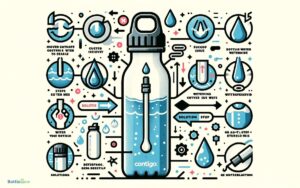Lifestraw Vs Brita Water Bottle
Choosing between Lifestraw and Brita water bottles hinges on your specific needs. Lifestraw's advanced hollow fiber membrane technology filters bacteria, parasites, and microplastics, making it perfect for outdoor adventures.
Conversely, Brita's activated carbon filter targets chlorine, lead, and heavy metals, ideal for urban use. Lifestraw demands more suction effort but boasts longer filter life, while Brita offers ease of use with a smoother sip-through design and simpler filter replacement.
Lifestraw's higher durability suits rugged environments, whereas Brita focuses on everyday comfort and taste improvement. Evaluating these factors helps you make an informed choice tailored to your lifestyle.
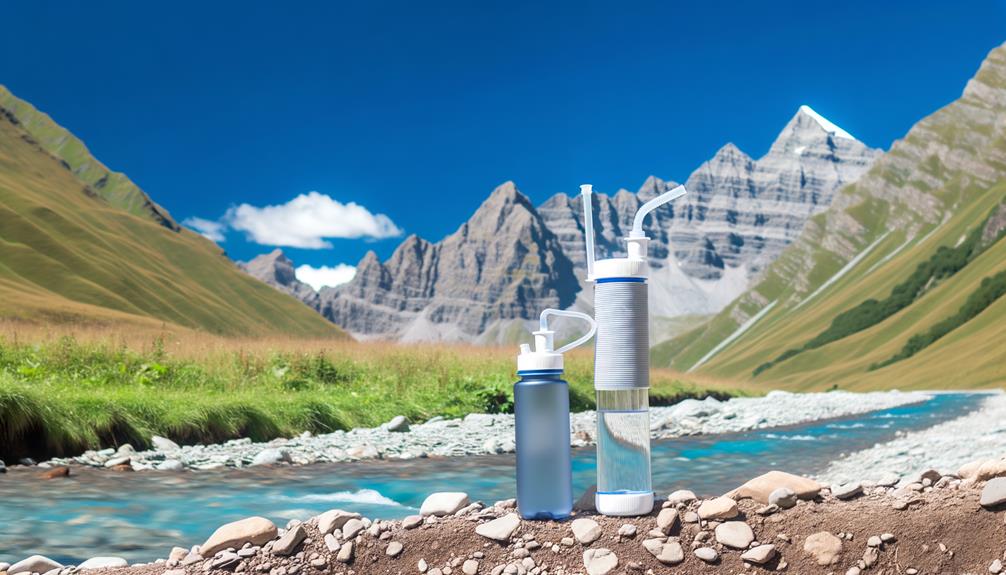
Key Takeaways
- Lifestraw excels in removing bacteria, parasites, and microplastics, making it ideal for outdoor adventures.
- Brita focuses on enhancing water taste and reducing chlorine, lead, and heavy metals, suitable for urban environments.
- Lifestraw requires high suction force for drinking, whereas Brita offers a smoother sip-through straw experience.
- Lifestraw's filters last up to 1,000 liters, whereas Brita filters need replacement every 40 gallons, affecting long-term costs.
Filtration Capabilities
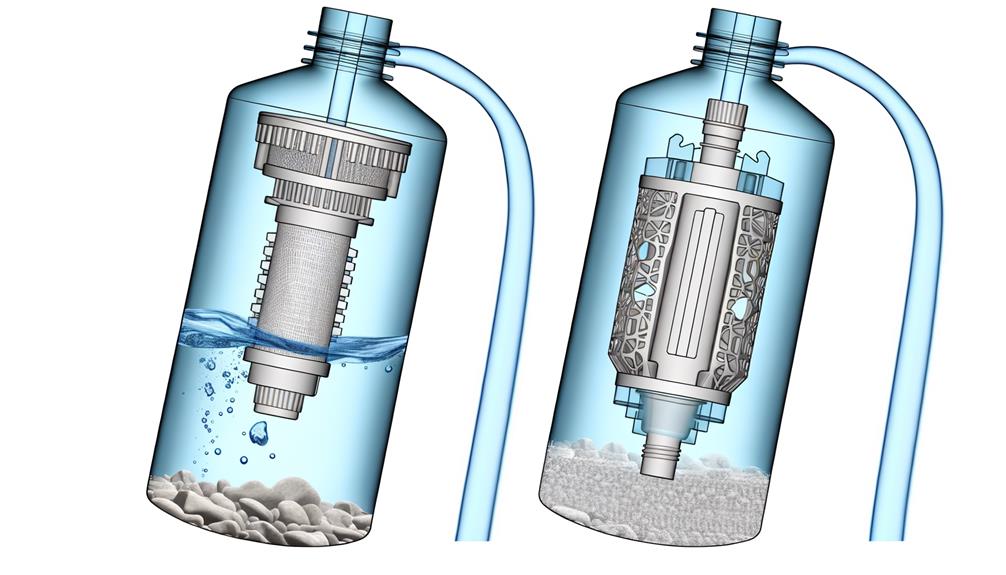
When comparing the filtration capabilities of the Lifestraw and Brita water bottles, it's crucial to take into account the specific contaminants each system is designed to remove.
Lifestraw excels in eliminating bacteria, parasites, and microplastics through its hollow fiber membrane technology, making it ideal for outdoor adventurers.
On the other hand, Brita focuses on reducing chlorine taste, lead, and other heavy metals using activated carbon filters, which is more suitable for urban environments.
Lifestraw's filtration pore size is around 0.2 microns, while Brita's is less stringent, primarily targeting chemical contaminants rather than biological ones.
Understanding these differences helps you choose the right bottle based on your environment and water quality needs, ensuring safe and clean hydration tailored to your specific scenario.
Ease of Use
Evaluating the ease of use for the Lifestraw and Brita water bottles, you'll find that Lifestraw demands a bit more effort due to its suction-based filtration mechanism, while Brita offers a more straightforward experience with its simple sip-through straw design.
The Lifestraw requires a significant suction force to pull water through its microfilter, which can be tiring during prolonged use. Conversely, Brita's integrated activated carbon filter allows for a smoother, more natural drinking experience, akin to using a standard straw.
Additionally, Brita's filter replacement process is user-friendly, involving a quick twist-and-lock mechanism. Lifestraw's filter, however, necessitates a more intricate disassembly.
Cost Comparison
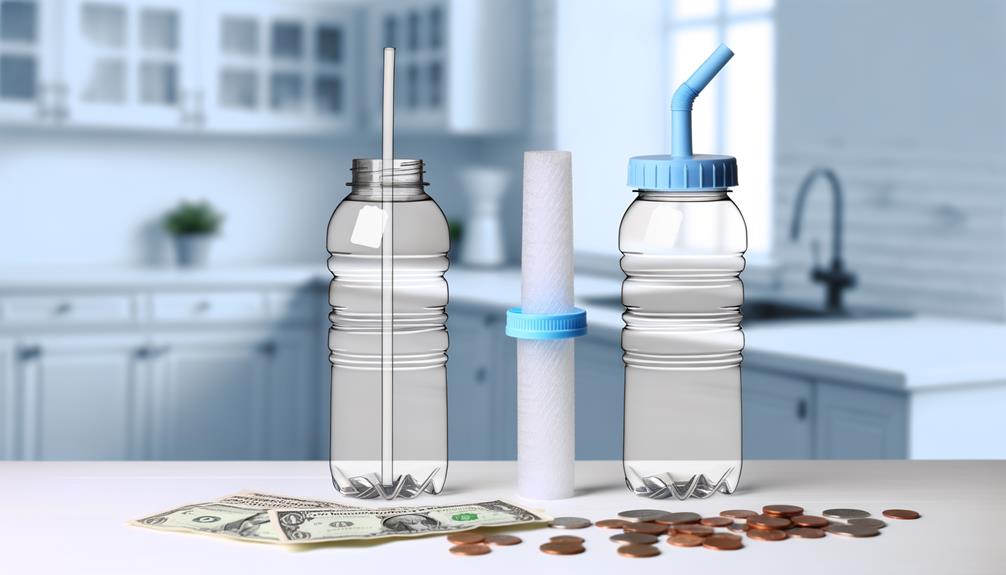
In comparing costs, you'll find that Lifestraw and Brita water bottles vary considerably in both initial purchase price and long-term maintenance expenses.
Lifestraw bottles typically have a higher initial cost, often due to their advanced filtration technology. However, they require fewer filter replacements, reducing long-term costs.
Brita water bottles are generally less expensive upfront, but their filters need frequent replacements, adding to ongoing expenses.
Consider the filter lifespan: Lifestraw filters can last up to 1,000 liters, whereas Brita filters require replacement every 40 gallons.
Evaluating the cost-per-use ratio, Lifestraw may offer better value over time despite a higher initial investment.
Always factor in both initial and recurring costs to make a well-informed decision.
Durability and Design
For those prioritizing longevity and ergonomic design, both Lifestraw and Brita water bottles offer distinct advantages tailored to varying user needs.
Lifestraw bottles are constructed with high-density polyethylene, providing robust impact resistance and durability in rugged environments. Their integrated filtration system is built to withstand extensive use, making them ideal for outdoor enthusiasts.
Brita bottles, on the other hand, focus on everyday usability with a sleek, ergonomic design crafted from BPA-free plastic. The contoured shape guarantees a comfortable grip, and the built-in filter is designed for easy replacement.
Both brands emphasize user-centric features, but Lifestraw excels in durability while Brita prioritizes user comfort and ease of use.
Choose based on your specific requirements for longevity or daily convenience.
User Reviews and Ratings
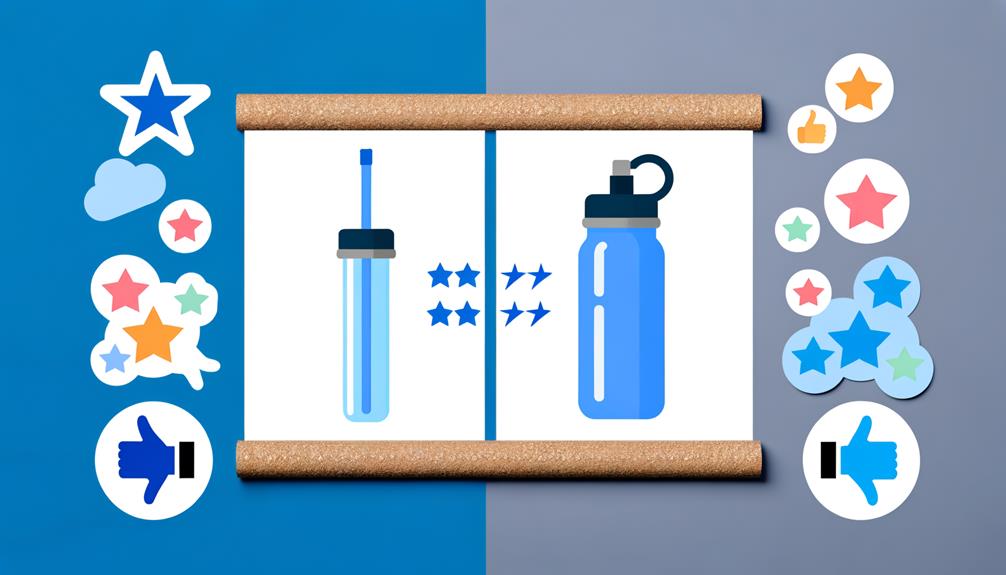
Many users praise Lifestraw for its superior filtration capabilities, while Brita garners high marks for its convenience and sleek design.
Lifestraw users highlight its ability to filter bacteria, parasites, and microplastics, often citing its performance in outdoor and travel scenarios. Reviewers appreciate the robust filtration system, though some mention the effort required to draw water through the straw.
Brita, on the other hand, receives accolades for its user-friendly features, such as an easy-to-replace filter and ergonomic design. Users commend the water taste improvement and its suitability for everyday use. However, some note the limited scope of filtration compared to Lifestraw.
Conclusion
When comparing the Lifestraw and Brita water bottles, you'll find both have unique strengths.
The Lifestraw's superior filtration capabilities make it a powerhouse, while Brita excels in ease of use and affordability.
Durability and design preferences will depend on your individual needs.
User reviews are the icing on the cake, guiding your final choice.
Ultimately, choosing between these bottles is like picking the right tool for the job—know your requirements, and you’ll make the best decision. If you prioritize affordability and simplicity, the Classic might be your best bet, while the Pro offers enhanced durability and features for those who need a sturdier option. Comparing the Blender Bottle Classic vs Pro comes down to whether you value a lightweight design or upgraded materials for long-term use. No matter your choice, both bottles provide a reliable way to mix your drinks efficiently.

